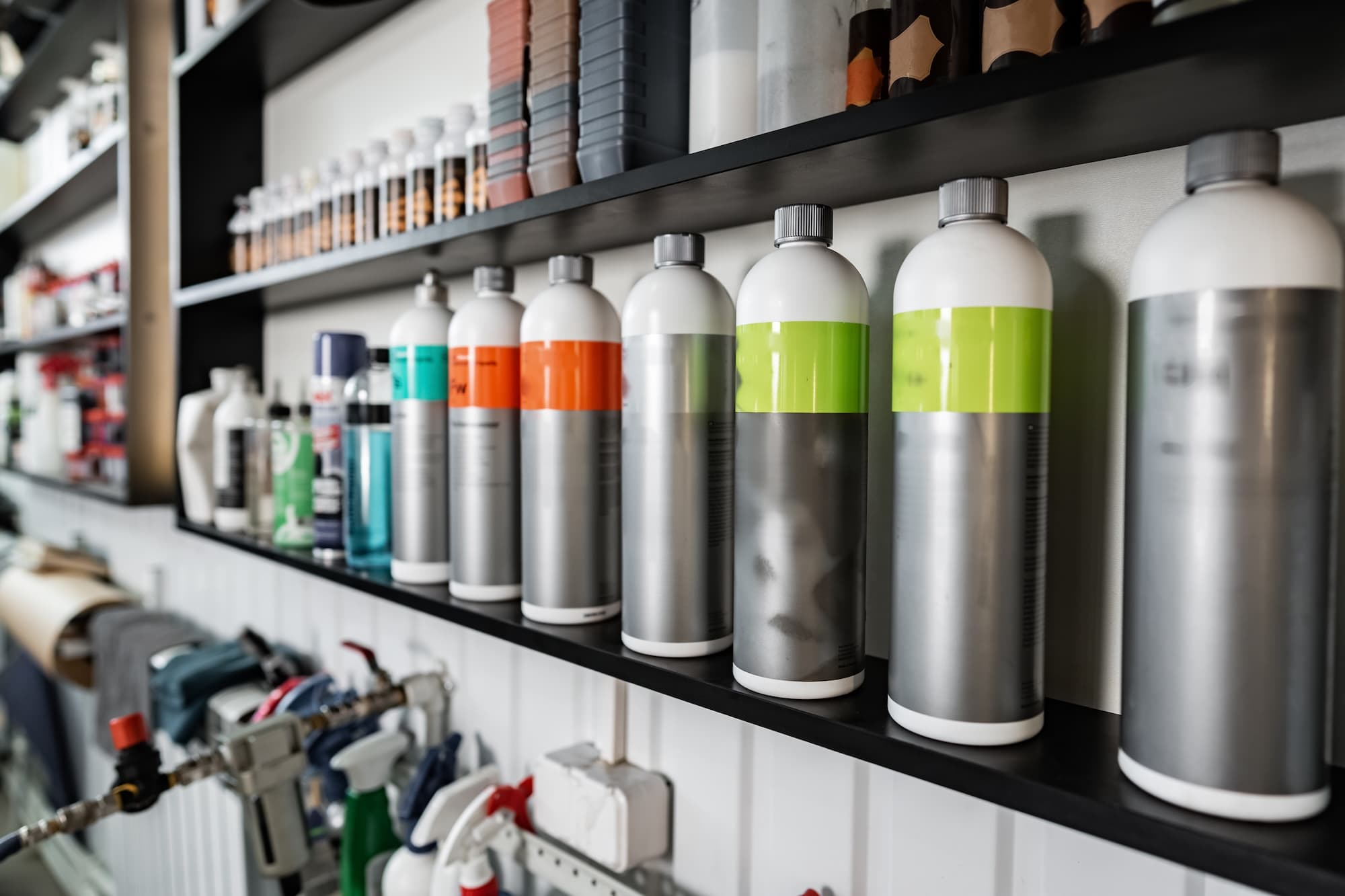

Non-biodegradable polymers, such as polyethylene (PE), fluorocarbons, and polyolefins, are types of plastics that do not degrade naturally in the environment. These materials can persist for hundreds or even thousands of years, contributing to long-term pollution and posing risks to wildlife and ecosystems (Andrady, 2015). In contrast, biodegradable materials like polylactic acid (PLA) and polyhydroxyalkanoates (PHAs) are designed to break down over time through natural processes. However, some biodegradable polymers, such as PLA and PHAs, decompose more slowly than others (Science Direct). While these materials are less harmful than non-biodegradable plastics, they still require specific environmental conditions, like moisture, temperature, and microbial activity, to degrade effectively. As a result, they may take longer to break down, especially in natural environments (Chavarria et al., 2015).
